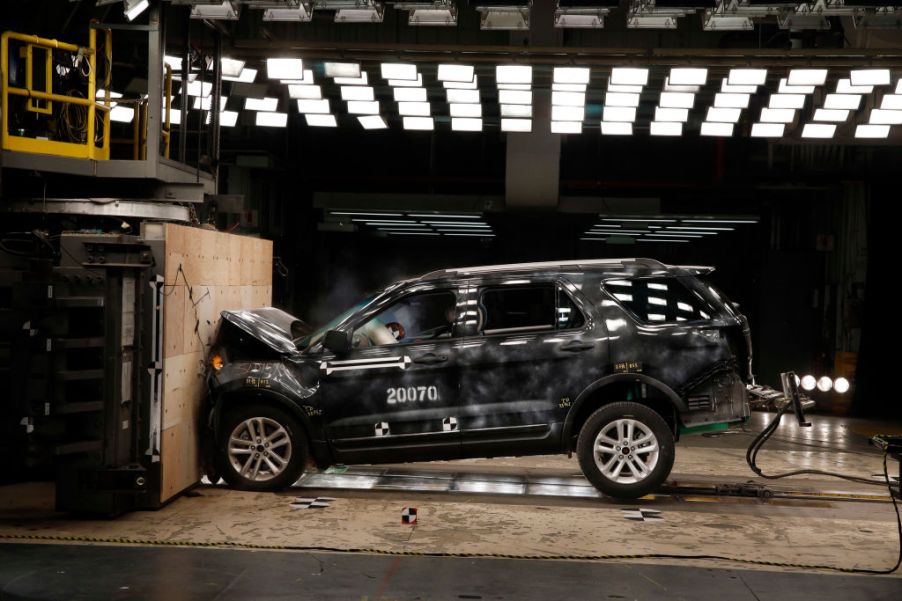
Here’s What the Future of Vehicle Safety Could Look Like
Just within the last decade, technology seems to be advancing faster than the blink of an eye. Electric vehicles, autonomous driving, and innovative safety features are no longer just dreams for the future.
What we find in regard to safety in today’s cars is already impressive, but the vehicle safety features we could see in the future seem too good to be true. Here are just a few of the ways safety could look in our vehicles of the future, according to AIS Insurance:
External airbags
Today’s vehicles already have an array of internal safety systems that include sensors, alerts, and airbags that have saved numerous lives. And while those airbags provide protection against potential collisions, what if you could protect the car itself as well?
In theory, adding protection on the exterior car would only provide additional prevention against passenger injuries, as well as damages to the car. According to AIS Insurance, a safety supplier is currently developing an external airbag prototype that could be available as early as 2020. The external airbags would be designed to reside on the sides of the car, deploying from the doors after detecting a crash is inevitable. While the kinks still need to be worked out, the promise of minimizing injuries and vehicle damage is exciting.
Animal detection and night vision technology
According to the people at Prescouter, around 1.5 million car accidents in the U.S. every year are caused by deer alone. Animals can cause serious problems on the road, but with new technology that allows drivers to see better, that might not be a problem anymore.
New infrared camera technology allows cars to detect animals and pedestrians from a distance and automatically brake if it’s needed. Using body heat and movement to register people or animals, infrared technology is already being incorporated by companies like Ford, Mercedes-Benz, Audi, and Volvo.
Infrared can be found in the headlights of some vehicles, helping to see through bad weather conditions like snow, storms, and fog. These automakers are also employing around-view camera systems that provide 360-degree monitoring. Of course, better visibility means better vehicle safety.
Transparent pillars
Even in impressively futuristic vehicles, they typically employ the same “pillar” system. There are two pillars on either side of the front windshield (called A-pillars), two pillars between the front and rear doors (called B-pillars), and pillars to support the rear window (called C-pillars).
Over the years, A-pillars have become thicker, to provide additional strength and safety against collisions. But as the pillars get thicker, visibility typically minimizes for drivers. According to Wired, there’s a company called Continental that’s hoping to minimize the need for these pillars altogether. Continental is currently designing transparent A-pillars, finding a way to be able to see through the pillars via the use of cameras and high-resolution screens. Eliminating blind spots entirely, transparent pillars could reduce the chances of accidents and collisions with animals or pedestrians.
The company’s transparent pillars are made from display screens that would change in response to the driver through an inward-facing camera above the steering wheel.
Brain-connected driving
What if your brain could tell your vehicle what to do? Aside from the obvious implications, the thought of brain-to-vehicle technology seems far fetched. If your vehicle was able to connect to your brain though, it may be able to tell when you’re going to brake, swerve, or make a decision, and do it faster. Obviously, that would drastically improve vehicle safety.
Automaker Nissan is currently working on brain-to-vehicle tech that it showcased in 2018, according to AARP. The technology works via a headset that connects your vehicle to your brain’s wavelengths to tell your car what you’re thinking.
When in production, brain-connected driving could speed up the process between a driver thinking a specific action and completing it. This technology could also be implemented into active health-monitoring in vehicles, detecting fatigue or other characteristics of unsafe driving.


